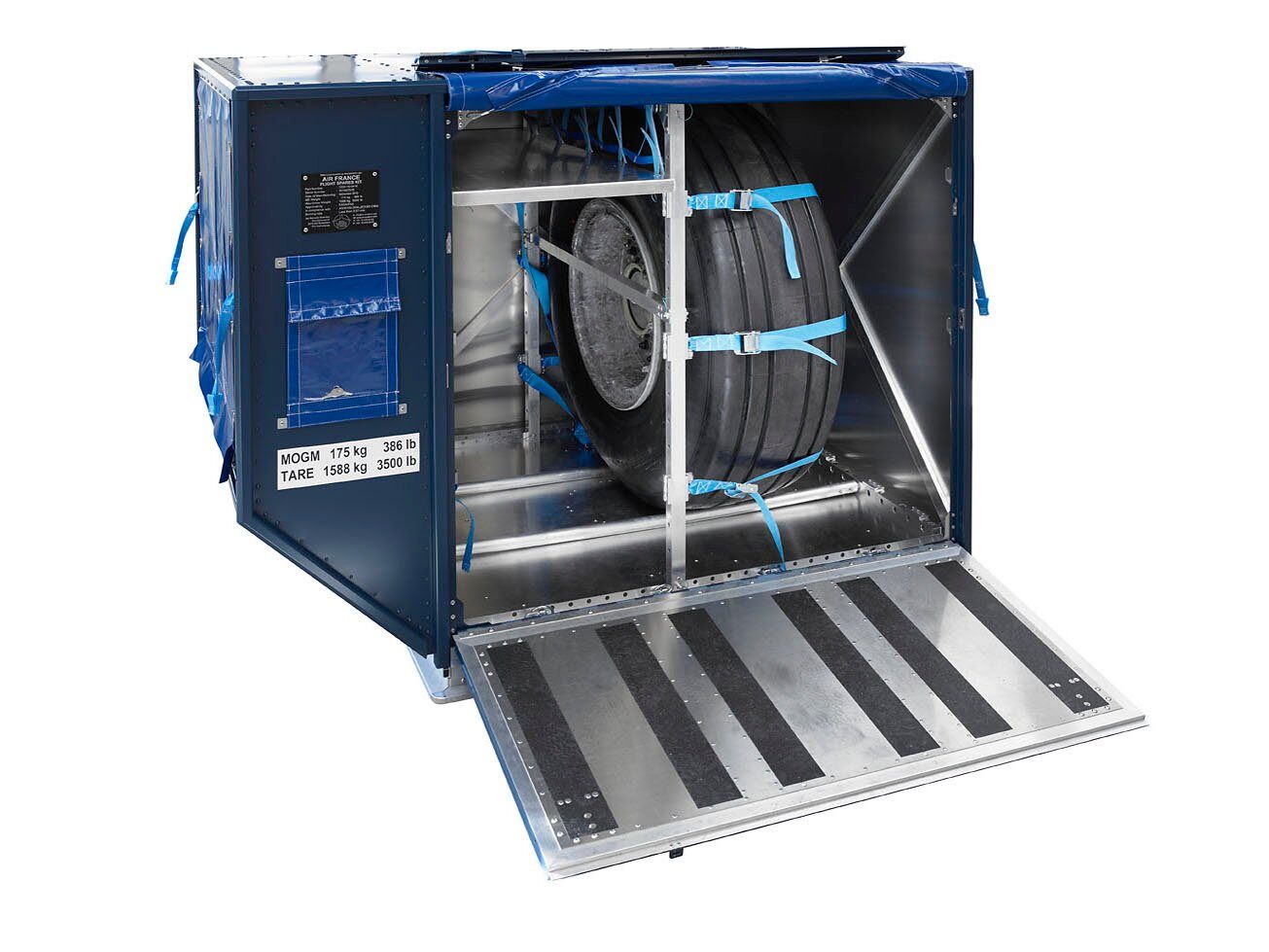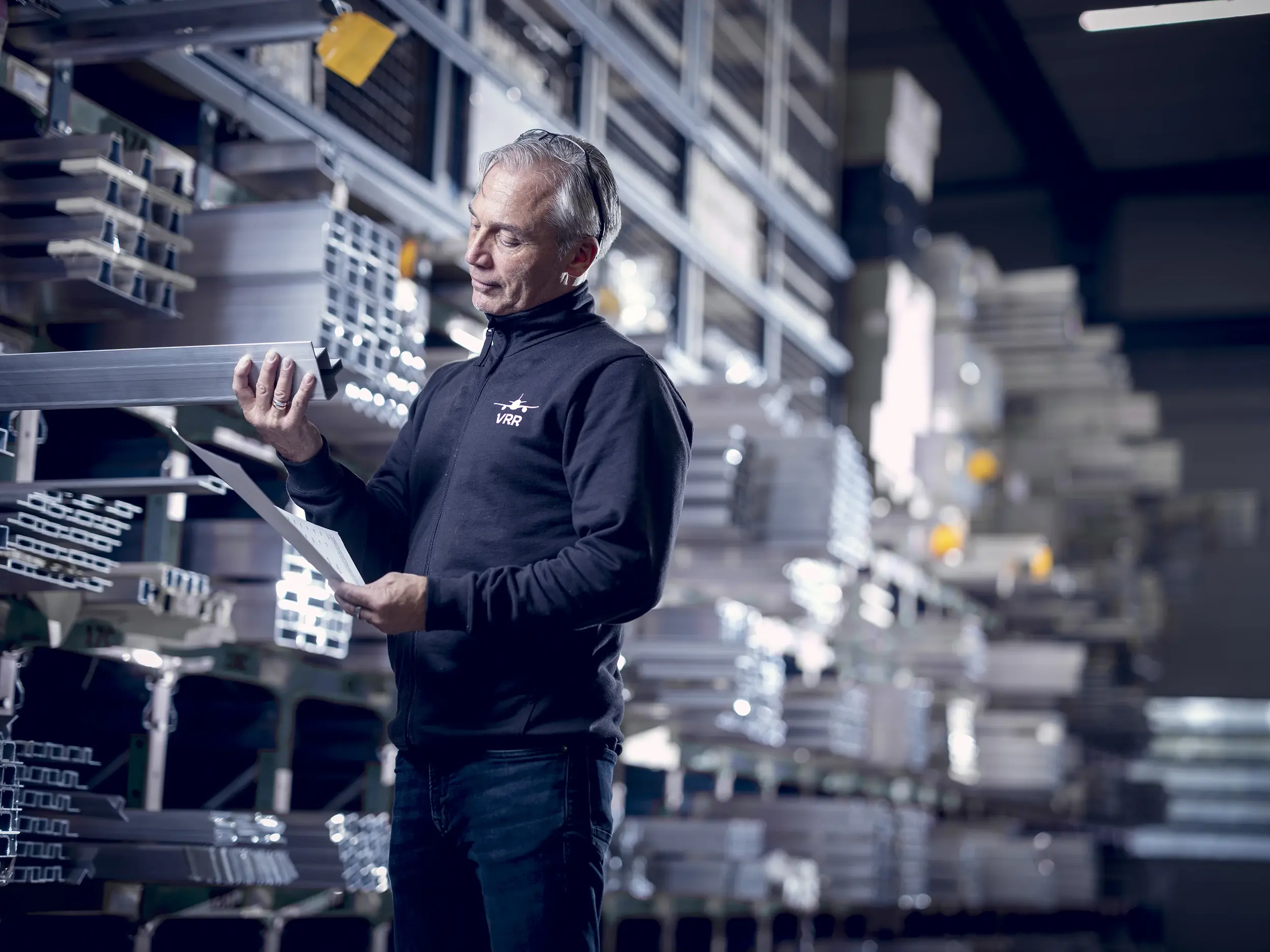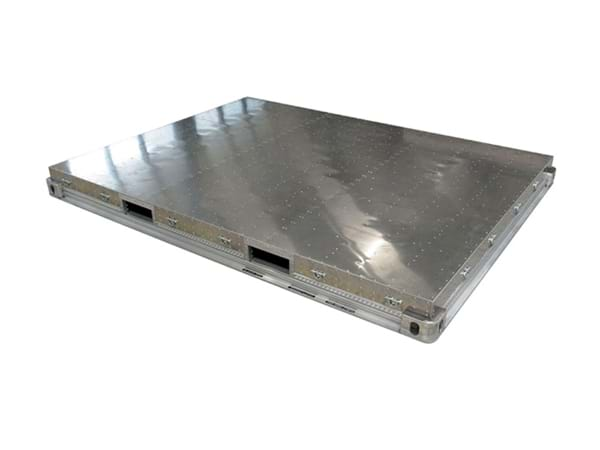Imagine being part of an international team that could be deployed anywhere on earth to carry out a time-sensitive, scientific inspection at a moment’s notice. You’re an expert in your field, you’ve received specialist pre-deployment training, and you’re willing to be on alert status for weeks on end.
And when the call comes in, you and your fellow inspectors have to be transported with tons of specialist research equipment, including several plug-and-play laboratories, to a remote and potentially dangerous area in just a matter of days.
There’s a lot riding on the mission’s success, not least the ability to get everyone and everything to the site within a very narrow time window. But there’s a problem: your team has no way of deploying its highly specialised mobile lab quickly enough. You need a customised multimodal rapid deployment container. Trouble is, it doesn’t exist.
Helping inspectors in their mission to detect nuclear explosions
This was the situation facing a team of on-site inspectors. Their inspections must be conducted within days of a suspicious event (e.g. a clandestine nuclear test) if they’re to gather conclusive evidence. That involves transporting by air tons of specialist research equipment.
The inspectors offered VRR an opportunity to solve this exciting challenge. Unsurprisingly, our designers and engineers relished the idea of developing a multimodal rapid deployment container for their important missions. They knew it wouldn’t be easy, but that’s never stopped them before.

Multimodal rapid deployment container
Taking on the many challenges of designing a multimodal container
Transporting equipment across the globe in just days almost always involves air transportation. Luckily, we know a thing or two about air freight at VRR. But what we didn’t know is where on earth the team’s next on-site inspection mission would be and which other transport modes they would be using for their equipment: helicopter, truck, train and/or vessel.
We soon realised that the container’s design would be a balancing act between having the perfect fit for the most crucial modes of transport and having enough versatility to fit less commonly used modes. In this particular case, the container couldn’t be too big (or heavy) for helicopters and smaller planes, but it had to be big enough to function as an on-site mobile lab for a 40-member team. The size and shape of this multimodal container would be a critical factor.
Collaborating to make those crucial design decisions
Working with the inspection team, we determined which modes of transport would be used in deploying the mobile lab so we could decide how to accommodate them all. That lead inevitably to many more questions, such as:
- Do we use a military pallet that fits a military plane or helicopter or a standard pallet that fits the cargo loading system of civil aircraft?
- Should we incorporate ISO corners, tie-down rings and forklift pockets?
- What about a rigid frame to allow sling loading or even casters and a tow bar?
The possibilities seemed endless, but we knew every additional option would add weight and take up precious volume. There were some hard choices to make.
Designing a container for both civil and military aircraft
We ended up with a DBJ-sized container (108” x 88” x 96”) that can be loaded onto a B747 and B777 as well as a military C-17 and C-130. However, military and civil aircraft have their own cargo loading system and require a different size and type of pallet.
Wanting to keep both civil and military options open, we chose to separate the pallet and the container. Now the container could be transported on top of a civil PMC pallet as well as the military HCU-6/E pallet. Losing the integrated pallet also freed up some weight and volume and made it much easier to implement ISO corners and forklift pockets, so this design decision produced additional benefits.
Making ‘plug-and-play’ mobile laboratories a possibility
When time is of the essence, you can’t spend days building an on-site inspection station. The lab had to be up and running almost immediately. The ability to have everything ready to go upon arrival was just as important as enabling rapid transportation.
A key aspect of the container’s design, therefore, was to facilitate the use of ‘plug-and-play’ laboratories. We’ve tackled this type of thing successfully in the past with our mobility containers. The biggest challenge we faced in this project, however, was the complexity and diversity of the interiors.
Every laboratory is unique and highly specialised. What’s more, they change over time as science and technology advances. So, we opted for a modular interior. This allows the team to arrange everything in a way that aligns with their current mission.

Taking advantage of two different track systems
Combining two alternative tracking systems for ultimate flexibility
The modular system we developed is based on the tracks of two common systems: seat tracks and T-slots. Both systems have their advantages. T-slot profiles are much more versatile and are well suited to the semi-permanent installation of (laboratory) equipment. Seat tracks, on the other hand, are much more suitable for the temporary attachment of items such as fastening straps.
We decided to have the best of both worlds by integrating the two types of tracks into a single profile for ultimate flexibility. They even double up as stiffeners for the container as a whole.

A mobile lab big enough for a 40- member inspection team
Tripling the on-site working area for personnel with a modular approach
Faced with the trade-off between a comfortably sized mobile lab in which to work and a small, lightweight container that could be easily transported, we had to find a way to increase internal volume. We ended up creating modular container units that can be joined together to create a much larger interior.
The extension kit that we created for this purpose can more than triple the internal volume of the mobile lab. Comprising a floor extension to create an even surface throughout the mobile laboratory and a huge insulating cover to protect personnel and equipment from external conditions, the extension kit can be transported in bulk inside one of the containers. The result is a rapidly deployed container with a floor space of over 16 m². Now that’s what we call a proper mobile lab.

The two containers can be used individually or joined together to create one large container
Integrating test feedback
The rapid deployment containers have since been sent to two separate teams at different locations for testing. The overall experience has been very good, but there is always room for improvement. One suggestion is to find a way to ease the alignment of the containers to make them easier to connect. Other recommendations relate to aspects such as electrical power distribution and thermal insulation. This helpful feedback is now being engineered into modification proposals.
Final note
Designing a multimodal container for rapid deployment has undoubtedly been a challenge for our engineers, but one that they have met with enthusiasm and ingenuity. Their solution was to create modular container units that can be transported by civil and military aircraft and then joined to accommodate highly specialised mobile labs.
The scientific inspectors can now transport their research equipment to any location in the world within days, and VRR can notch up another success in creating a completely customised container.

.png)



